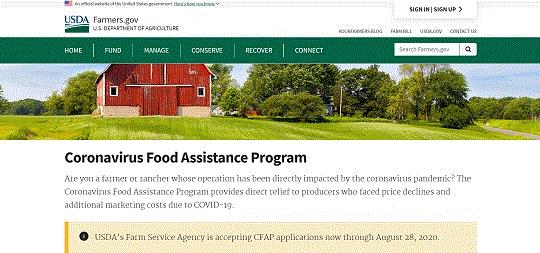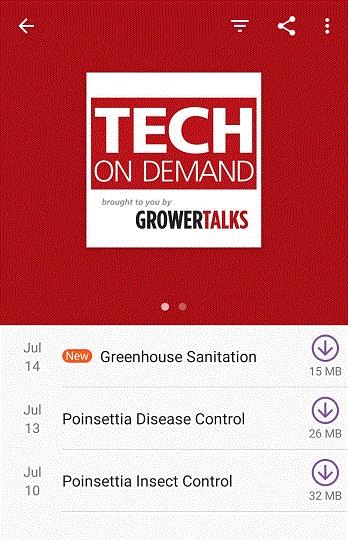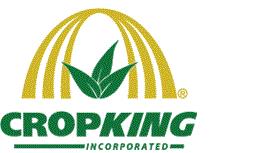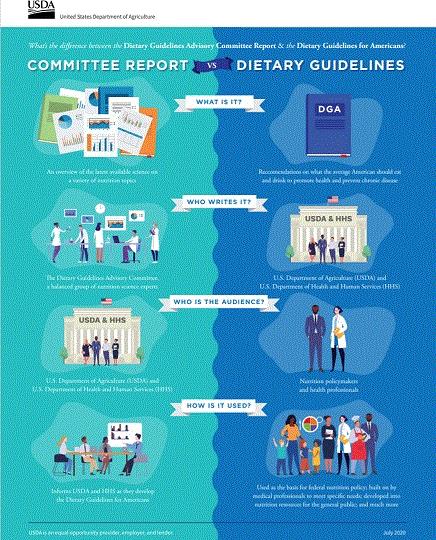AppHarvest & CEA's Future
As promised in my last enews, I connected with AppHarvest Founder & CEO Jonathan Webb to talk about the monster greenhouse being constructed in Morehead, Kentucky, and the future of CEA.
Some quick backstory about Jonathan. He grew up in Kentucky and received his bachelor’s degree from the University of Kentucky, so this is a project near and dear to his heart. He is committed to sustainable projects, and to that end is not only interested in building a greenhouse for food production (and to employ local former and current coal workers) but also in creating an AgTech Capital in his home state that can further CEA production to become more efficient and more widely available.

AppHarvest Founder & CEO Jonathan Webb
First I asked him for an update on the AppHarvest greenhouse, which spans 2.76 million square feet, or about 63 acres under glass. “We’ll be online later this year, and we’ll have tomatoes before the year is out,” he says. “We have been extremely fortunate that we had great plans in place before COVID. We had no delays in construction, no material import delays and no health or safety issues throughout COVID.”
One thing the team at AppHarvest does well is create excitement for their project. It’s been featured in the likes of The New York Times, Wall Street Journal and The Financial Times among other media. It may have been that excitement, too, that helped propel the connections that prompted the AgTech capital project.
“The UN Security Council came to Kentucky, and we met at the governor’s place in Frankfurt,” Jonathan says. “They had come out with reports and officials stated by 2050 the world needs 70% more food. We need two Planet Earths to grow what we need.
“This is a disaster on the horizon and we’re not talking about it. Thankfully we have a governor here who gets it.”
That meeting and others eventually led to multiple organizations, both private and public, coming together to sign an agreement to commit to a series of research programs, construction of a center of excellence and building more CEA facilities similar to AppHarvest’s greenhouse. In all, 17 organizations signed the agreement, including the Dutch Ministry of Agriculture, the office of Kentucky Governor Andy Beshear, private Dutch AgTech companies like Priva and Signify, and multiple universities in Kentucky, among others.
“We’ve positioned our state for the next 30 years,” Jonathan adds. “A lot of time and effort was put into this. We’re putting into play projects that we won’t see the results of for five to 10 years.”
Jonathan believes the onset of the pandemic jumped the CEA world forward 10 to 15 years, too, in terms of adoption and demand. “If there’s any silver lining, it’s that we need to wake up a bit and understand the systems we have in place and that we can’t take them for granted. Supply chains are very fragile,” he says. “How do we build redundancy and resilience in? We believe all fruit and vegetable production will go indoors. Will it take 20 years, 30 years, 100 years?”
His vision for CEA’s future includes raising standards in agriculture to get to a place where companies can offer a living wage to workers, paid time off, health care and ownership in the company. “For anybody in the CEA community there is a huge opportunity here, not just to selfishly drive companies but to drive the industry as a whole,” he adds.

New Crops Added to CFAP
More growers are eligible for Coronavirus Food Assistance Program (CFAP) funding, which helps offsets price declines and additional marketing costs, based on a list of new crops released earlier this month. Applications for the funding will be accepted by the USDA’s Farm Service Agency through August 28, and officials at the USDA say more eligible commodities are expected to be announced in the coming weeks.
The USDA collected comments and supporting data for additional commodities, and the following made the cut this round: alfalfa sprouts, anise, arugula, basil, bean sprouts, beets, blackberries, Brussels sprouts, celeriac (celery root), chives, cilantro, coconuts, collard greens, dandelion greens, greens (others not listed separately), guava, kale greens, lettuce (including Boston, green leaf, Lolla Rossa, oak leaf green, oak leaf red and red leaf), marjoram, mint, mustard, okra, oregano, parsnips, passion fruit, peas (green), pineapple, pistachios, radicchio, rosemary, sage, savory, sorrel, fresh sugarcane, Swiss chard, thyme and turnip top greens.

According to the USDA, producers have several options for applying to the CFAP program:
-
They can use an online portal at farmers.gov/cfap and log in with secure USDA login credentials, known as eAuthentication.
-
They can complete an application form using the CFAP Application Generator and Payment Calculator found at farmers.gov/cfap. “This Excel workbook allows customers to input information specific to their operation to determine estimated payments and populate the application form, which can be printed, then signed and submitted to their local USDA Service Center,” according to USDA officials.
-
They can download the AD-3114 application from farmers.gov/cfap and manually complete the form to submit to the local USDA Service by mail, electronically or hand delivery. CLICK THIS LINK to check the status of your local office and whether or not they are offering appointments.

Tech On Demand Podcast
We’re always reimaging ways to bring you information about growing, and now we (and you) have one more tool in the toolbox: Tech on Demand Podcast.
Brought to you by GrowerTalks, it’s available on all major podcast players, Apple Podcasts, Spotify, TuneIn, Podbean, Stitcher and many more (I personally use CastBox). Here’s the official word on the new pod:
Senior Editor Bill Calkins is behind the microphone of this interview-style podcast with the goal of helping you grow your best crop ever by sharing cultural and technical information based on discussions with green industry experts around the globe, although sometimes he’ll cover other topics in the horticulture realm, like nursery and retail.

The first three episodes are particularly timely, covering insects and diseases on poinsettias with Aaron Palmateer from Bayer Ornamentals and effective greenhouse sanitation plans and protocols with Todd Cavins, part of the Ball technical services team. Listen to TECH ON DEMAND as you work, drive, exercise or wherever you need a horticultural pick-me-up.
If you don’t have a favorite podcast player, you can find them all at www.growertalks.com/TechOnDemand/.

CropKing Digital Hydroponic Workshop
Of course it’s digital, because COVID. But it’s no less useful as CropKing offers a 7-hour course that covers the same information provided in the in-person workshop on introduction to greenhouse plants and hydroponic systems.

The workshop takes place starting at 10 a.m. EST Tuesday, August 18 via Zoom. Attendees can find out more about hydroponic systems including Nutrient Film Technique (NFT) and Bato buckets, best practices for growing in these systems, pest identification management, different types of soilless culture and more.
The price of $75 includes the live course, as well as access to the recording for 30 days. Course materials will be available for download after the event. Those interested in a hands-on greenhouse experience can choose an optional add-on for $150 to spend the day in CropKing’s Lodi, Ohio, research greenhouse. They will schedule them on a first-come, first-served basis, and adhere to CDC and Department of Health guidelines and best practices.
CLICK HERE to find out more and sign up.

Make Your Voice Heard
Our industry has a vested interest in the dietary health guidelines provided by the USDA, as well as a vested interest in Americans eating a healthier diet in general. To that end, the USDA recently posted the 2020 Dietary Guidelines Advisory Committee’s final scientific report, which will inform the two entities (USDA and Health and Human Services) that will create the Dietary Guidelines for Americans for the next five years.

You can click the link and read the report. The USDA is taking public comments HERE on the report until the end of the day August 13.
As part of this public comment period, on Tuesday, August 11, USDA and HHS will hold a public meeting to hear oral comments from the public on the Scientific Report. Registration to present oral comments will be announced on the attend a meeting page closer to the meeting date.




As always, feel free to email me at jpolanz@ballpublishing.com with comments, questions, news and views.
Until next time, stay safe and be healthy,

Jennifer Polanz
Editor-at-Large
Inside Grower
This email received by 24,747 loyal readers!
Interested in advertising in Inside Grower? Contact Paul Black or Kim Brown and they'll show you how easy, effective and affordable it is.